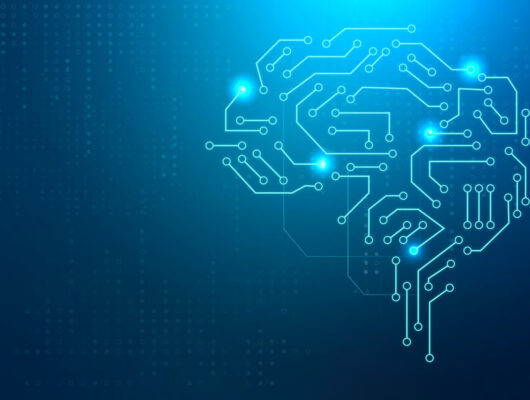Artificial Intelligence (AI) has been one of the most exciting fields in recent years, and at the core of AI technology is the neural network. Neural networks are a subset of machine learning algorithms that are inspired by the structure and function of the human brain. These networks are powerful tools for learning patterns in data, making predictions, and even creating new content.
Neural networks are composed of layers of nodes, also known as neurons. These neurons are connected by weighted connections that determine the strength of the signal transmitted between them. The network takes input data and processes it through multiple layers of neurons, with each layer performing a different computation. The output of the final layer is the network’s prediction, or output.
One of the most significant advantages of neural networks is their ability to learn from data. They can be trained on a large dataset to recognize patterns and make predictions about new data. This is known as supervised learning, where the network is given input data and a corresponding output, and it adjusts its weights to minimize the error between the predicted output and the actual output. Once trained, the network can make accurate predictions on new, unseen data.
There are many different types of neural networks, each with its own structure and function. For example, feedforward neural networks are the simplest type of neural network and consist of a series of layers where the data flows in one direction, from input to output. Convolutional neural networks (CNNs) are commonly used in image recognition tasks, and they apply a series of filters to the input image to extract features. Recurrent neural networks (RNNs) are used for processing sequential data, such as natural language, and they have a feedback loop that allows information to be passed from one time step to the next.
The power of neural networks lies in their ability to learn from data and make accurate predictions. They have been used in a wide range of applications, including image recognition, natural language processing, and even game playing. For example, AlphaGo, the AI program that beat the world champion in the game of Go, used a combination of neural networks and deep reinforcement learning to make its decisions.
In conclusion, AI neural networks are powerful tools for learning patterns in data and making accurate predictions. As the field of AI continues to advance, we can expect to see even more impressive applications of this technology.





